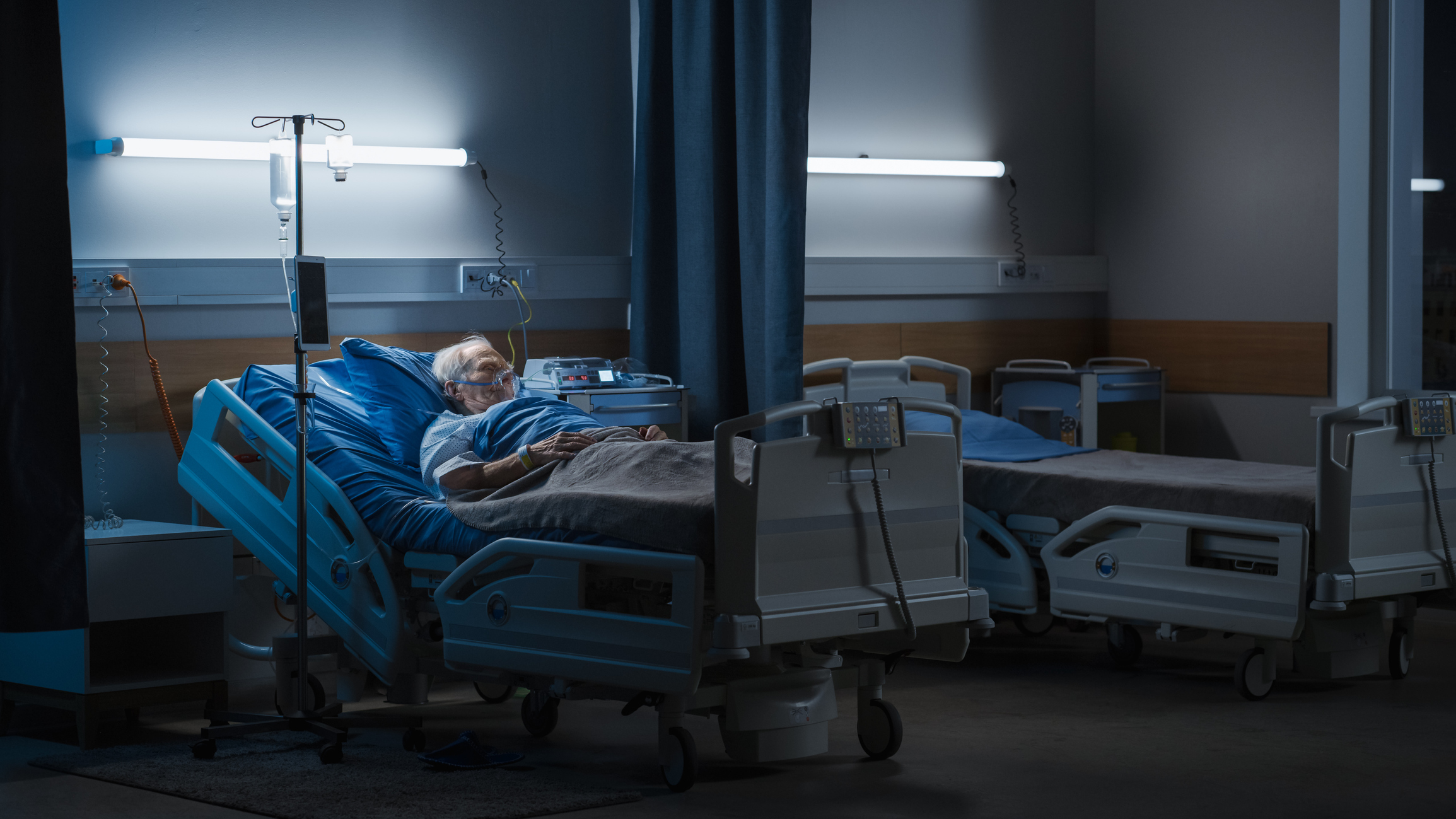Therapeutic Vibration Device for Critical Care
TECHNOLOGY NUMBER: 7258

OVERVIEW
A multiple actuator vibration therapy device for immobile and/or unconscious patients- Encompasses a patient's entire axial skeleton, and it is tunable to individual response
- A mobile technology for patients in the ICU, hospital, nursing home, or home bed
BACKGROUND
Muscle, nerve, and bone atrophy pose a significant risk for patients receiving critical care, such as mechanical ventilation, even for hospitalizations as short as one week. Muscle atrophy can lead to decreased strength, mobility, and functional independence. Nerve atrophy also contributes to muscle weakness and functional impairment, and it can lead to bone atrophy or osteoporosis, especially in weight-bearing bones like the hips and spine. This bone atrophy increase the risk of fractures and complications such as pressure ulcers. . Although aggressive physical therapy and early mobilization of patients is effective in reducing the length of hospitalization, these measures require skilled physical therapists and may be difficult to apply to unconscious patients or patients otherwise unable to control their muscles.
INNOVATION
Researchers at the University of Michigan have developed a technology consisting of an exoskeleton coupled with vibration actuators that are capable of sending vibratory stimulation through the loaded axial musculoskeleton of the patients. This technology is mobile and applicable to patients in the ICU, hospital, nursing home, or home bed. The device encompasses a patient's entire axial skeleton, and it is tunable to individual response. Furthermore, the exoskeleton does not require patient cooperation to fulfill its promise. Vibration may be applied to various anatomic locations on a patient, such as the plantar surfaces of the feet and the shoulders, based on the course of treatment. Both single tone and multifrequency stimulation can be provided and guided by an array of sensors ranging from accelerometers, temperature, oxygenation sensors, and others to provide precision application of the vibration stimuli to maximize response.